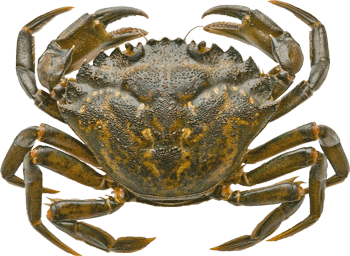September 2024 - Protecting Oregon’s Investments from Invasive Species - Coos Bay Field Tour
Thank you for your interest in the OISC’s Coastal Invasive Species Field Tour of Coos Bay. Our generous panel of expert speakers covered invasive species issues of significance to Coos Bay and coastal Oregon, including the pathways that introduce invasive species threats and the risks to culturally significant resources and traditions. Our discussions touched on the need for increased capacity for prevention and detection efforts, how communities might explore policy options to tackle these threats, and the need to build awareness of invasive species issues into project planning at the start rather than as an afterthought, or worse, after new species have been introduced. We wrapped up with a tour that took us to two locations where we could see firsthand where years and even decades of persistence were beginning to pay off in the struggle against invasive species: a test planting of disease-resistant strains of Port Orford Cedar by the US Forest Service and an extensive restoration project at South Slough actively designed to eliminate reed canary grass in the process of rewilding the Wasson Valley watershed.
Coos History Museum
1210 N Front St, Coos Bay [map]
Welcome | Sam Chan, OSU | Chair Oregon Invasive Species Council
Green (5-Spine) Crab | Shon Schooler | South Slough National Estuarine Research Reserve
Elizabeth Diehl | University of Oregon
Rail Lines as Vectors for Spotted Lanternfly | Robyn Draheim | OISC Coordinator
Shon Schooler - South Slough NERRS
Resource:
OREGON FIELD GUIDE: Green Crab Invasion
Clip: Season 35 Episode 4 | 10m 12s | Video has closed captioning.
In 2006, invasive green crabs were just starting to show up in Oregon bays. Nearly two decades later, these non-native critters are multiplying at alarming rates and threatening Pacific Northwest shellfisheries.
Air date: 01/04/24
El-ka-titc, the Hollering Place
History of El-ka-titc | Ashley Russell | Confederated Tribes of Coos, Lower Umpqua, and Siuslaw Indians
Cultural Resources & Traditions at Risk from Invasive Species in Coos Bay | Jesse Beers | Confederated Tribes of Coos, Lower Umpqua, and Siuslaw Indians
Port and Rail Expansion: Implications for invasive pest inspections | Nikki Brooks | CBP
Multimodal Port Development | Christine Moffitt and Mike Graybill | Resources: PCIP Overview, Invasive Species Risks at Container Ports
Ashley Russel | CTCLUSI
Nikki Brooks | CBP
Qualman Oyster Farms
Gavan Augustin | Qualman Oyster Farms
Charleston Marine Life Center
63466 Boat Basin Rd, Charleston [map]
Biofouling [PPT]| Josh Emerson, DEQ
Green Energy Infrastructure and Biofouling [PPT] | Christine Moffitt, WRP Coastal Committee
Resources: White Paper - Biofouling in the U.S. Pacific States and British Columbia
Josh Emerson | DEQ | What is Biofouling?
OIMB Boat House
Lightning Talks:
Breeding Resistance to POC root disease [PPT] | Evan Heck, USFS - Resources: Port-Orford-Cedar-Root-Disease
Wasson Valley Reed Canary Grass | Alice Yeates, SSNERR
Spartina removal | Mike Graybill, SSNERR (retired)
Mike Graybill | SSNERRS (retired) | Spartina in Coos Bay

























